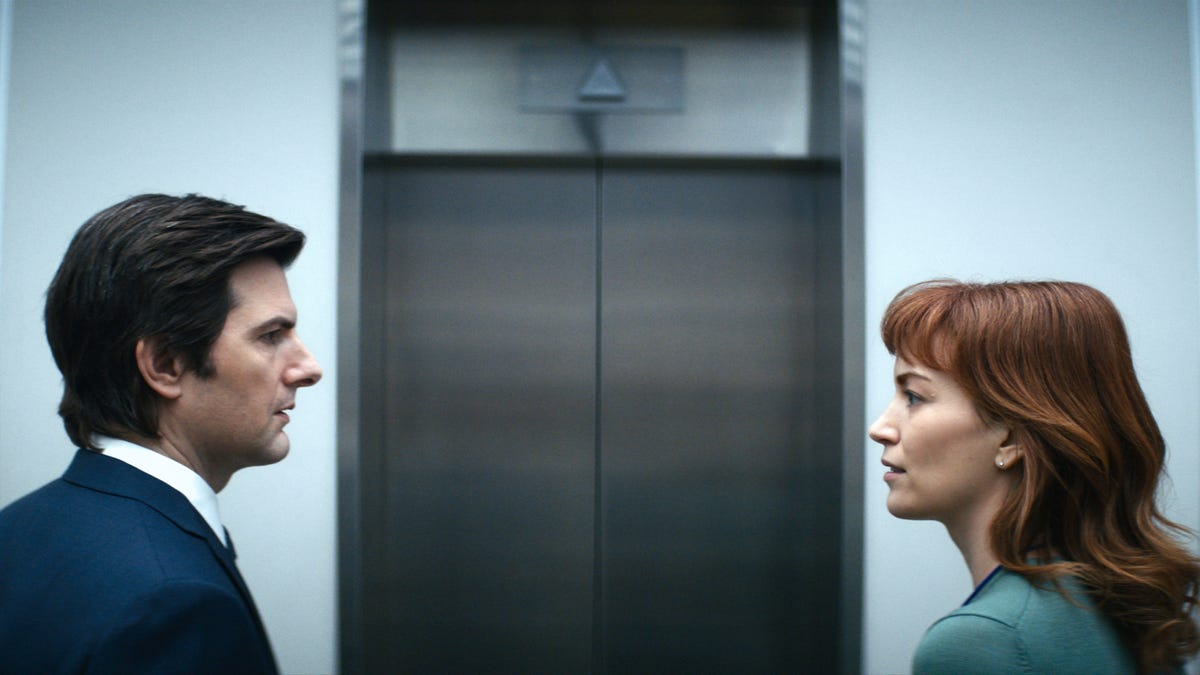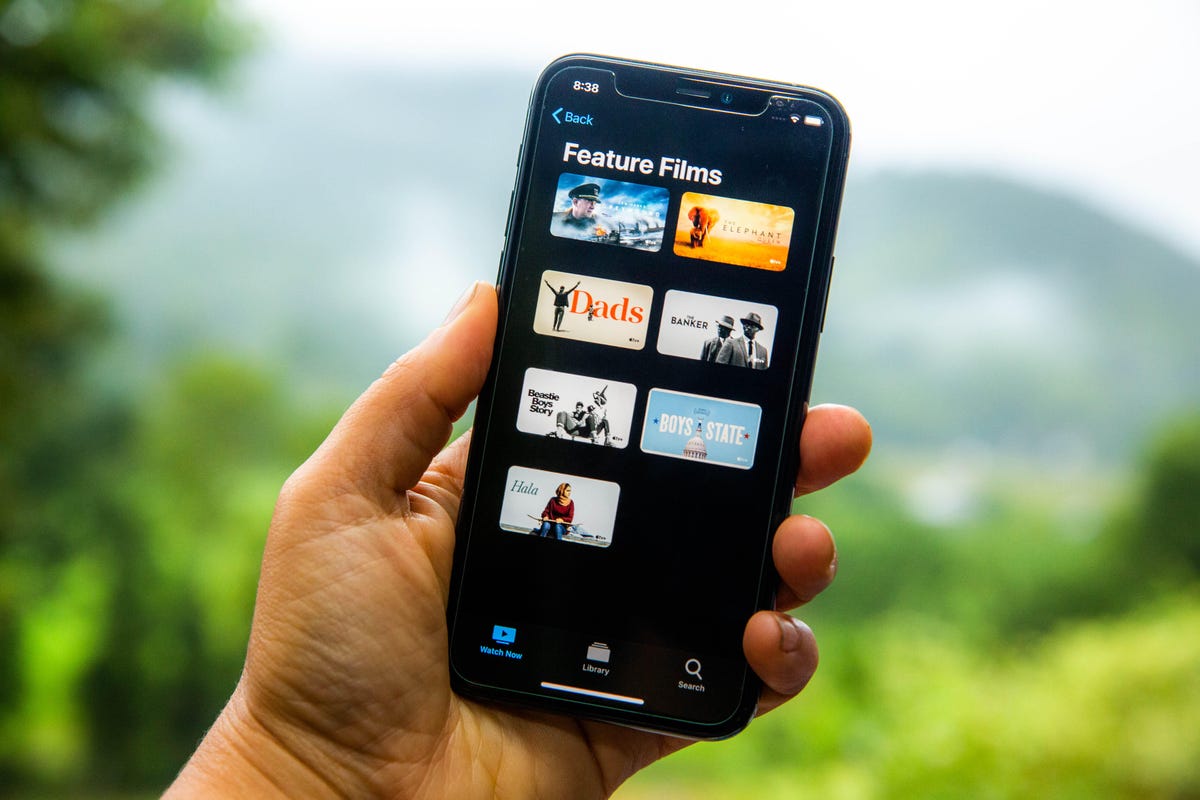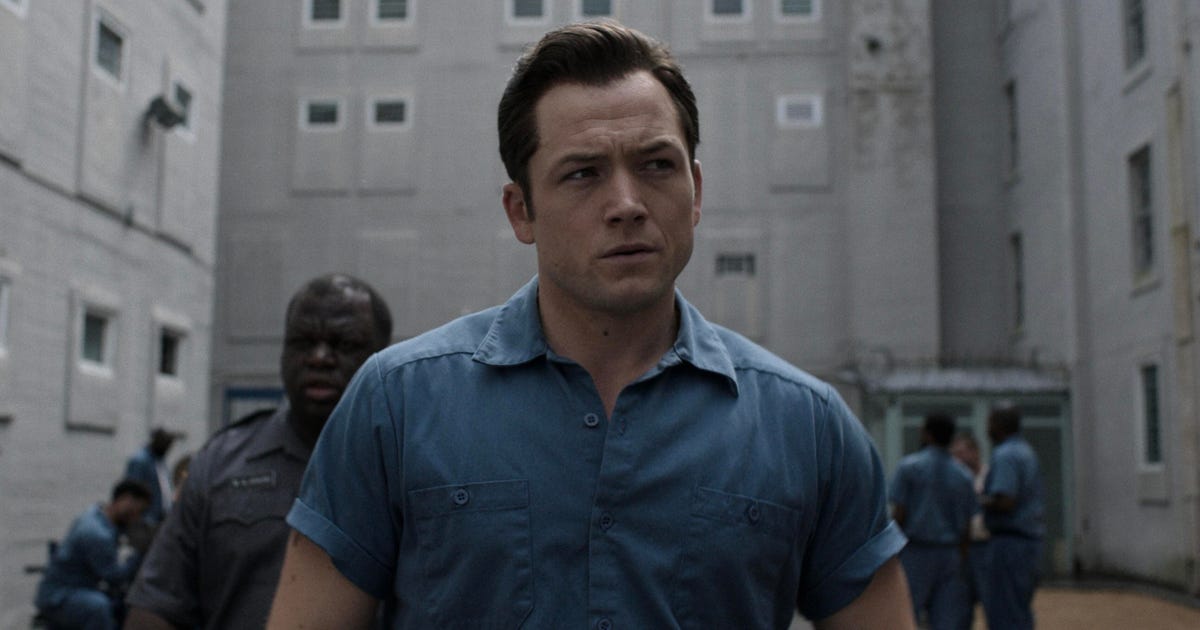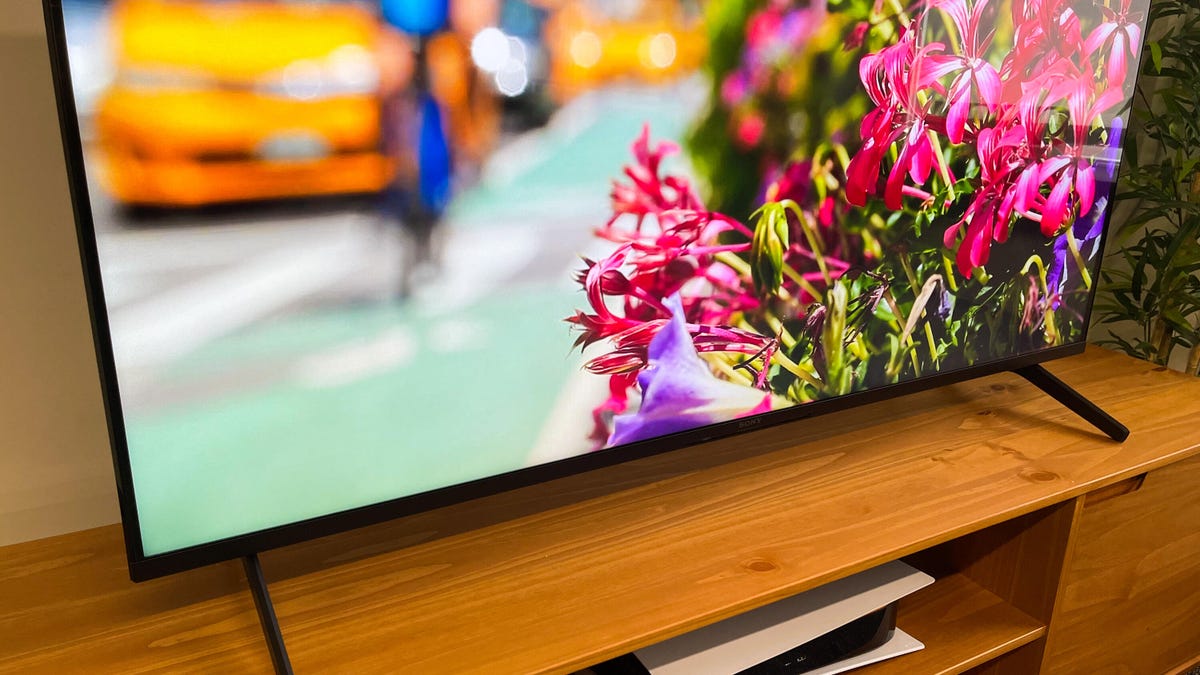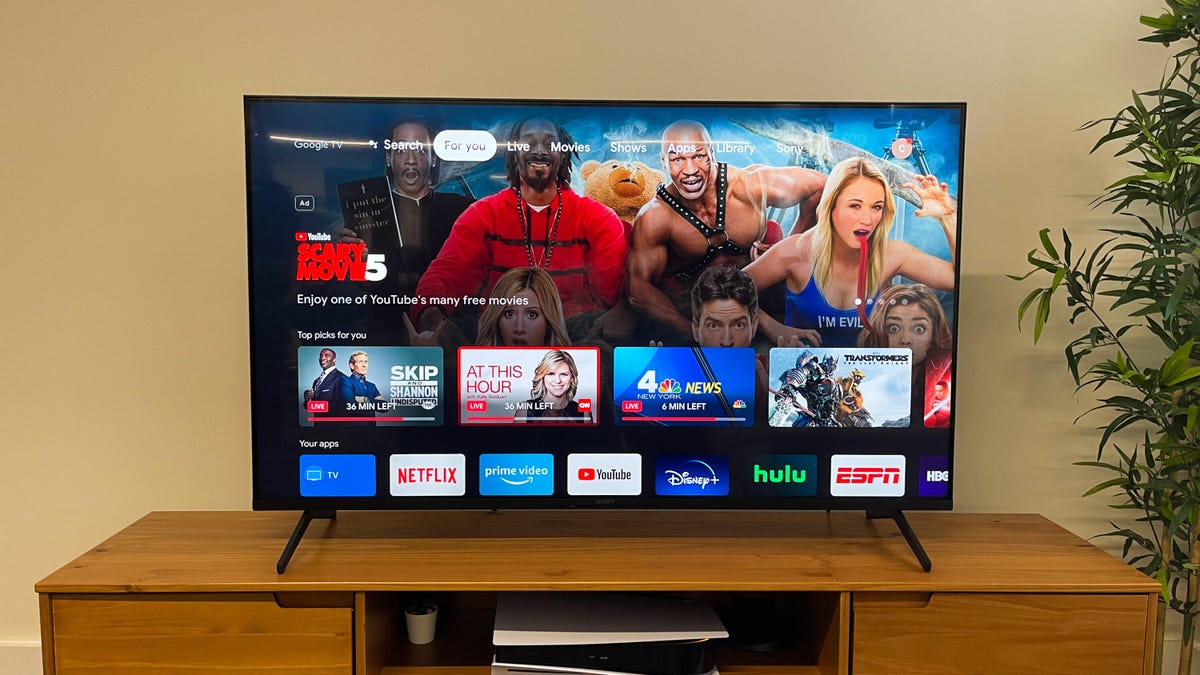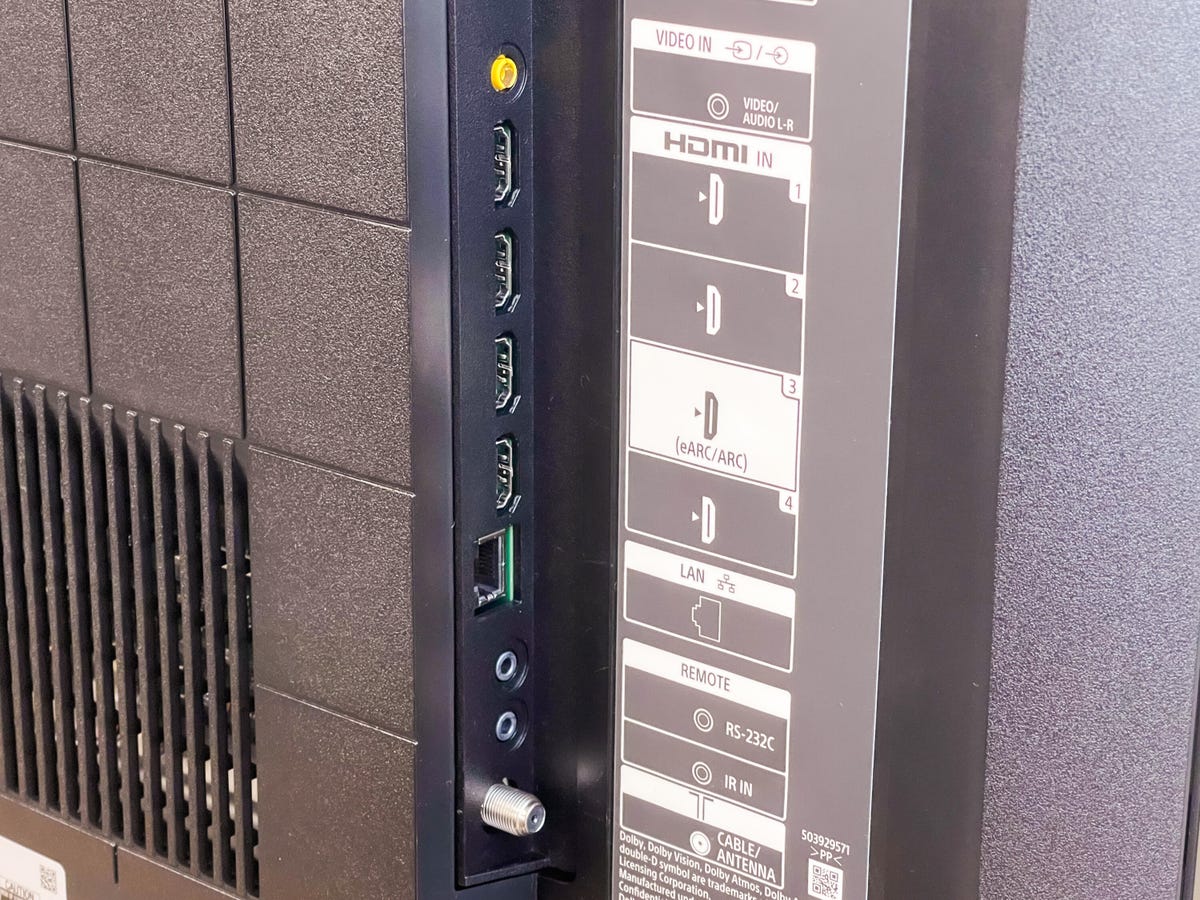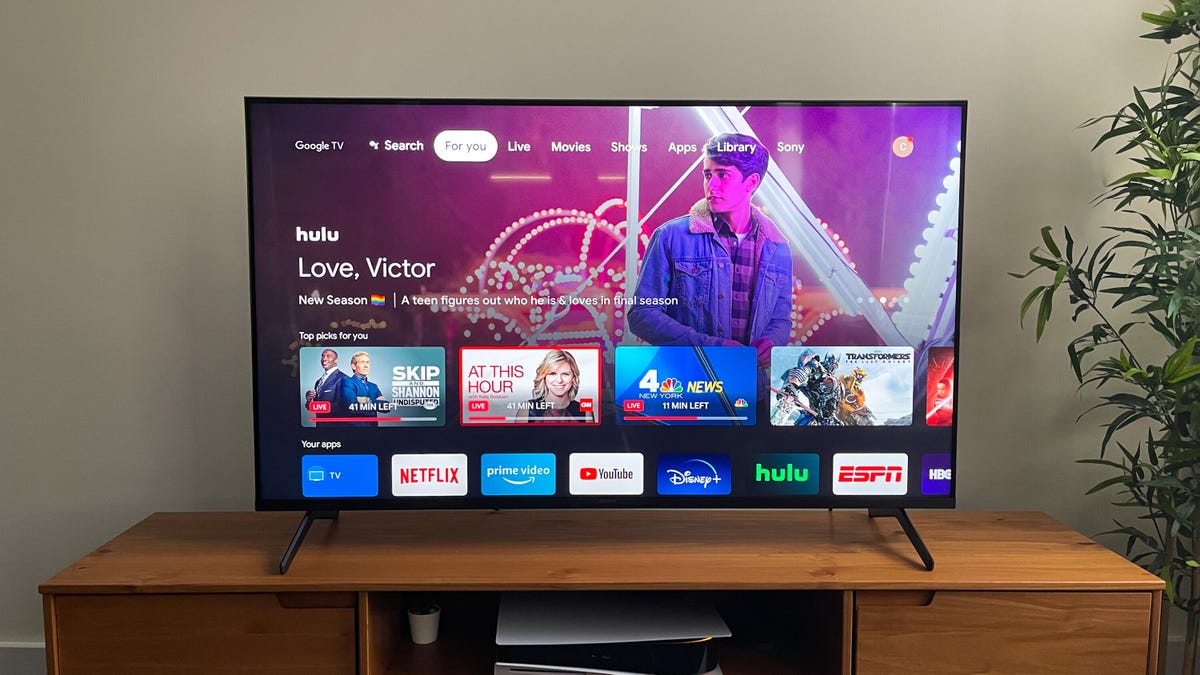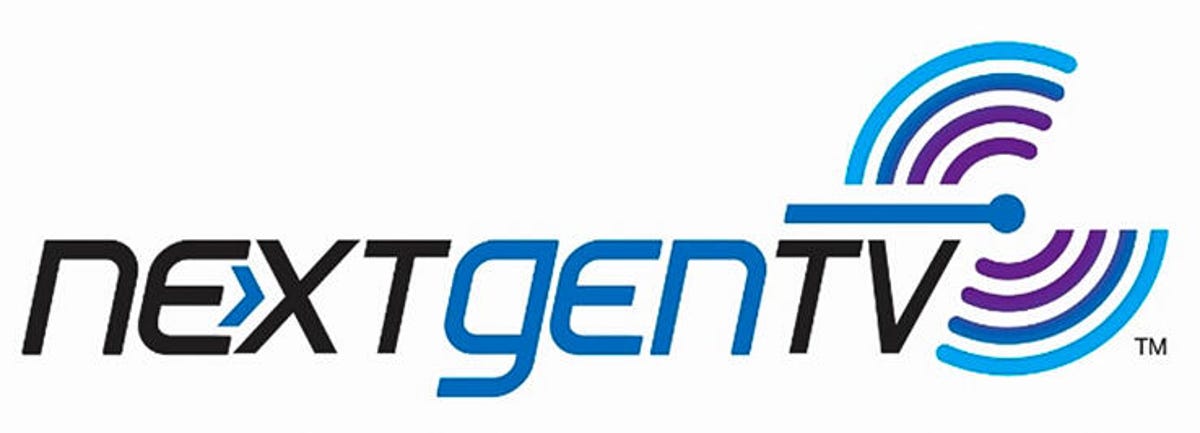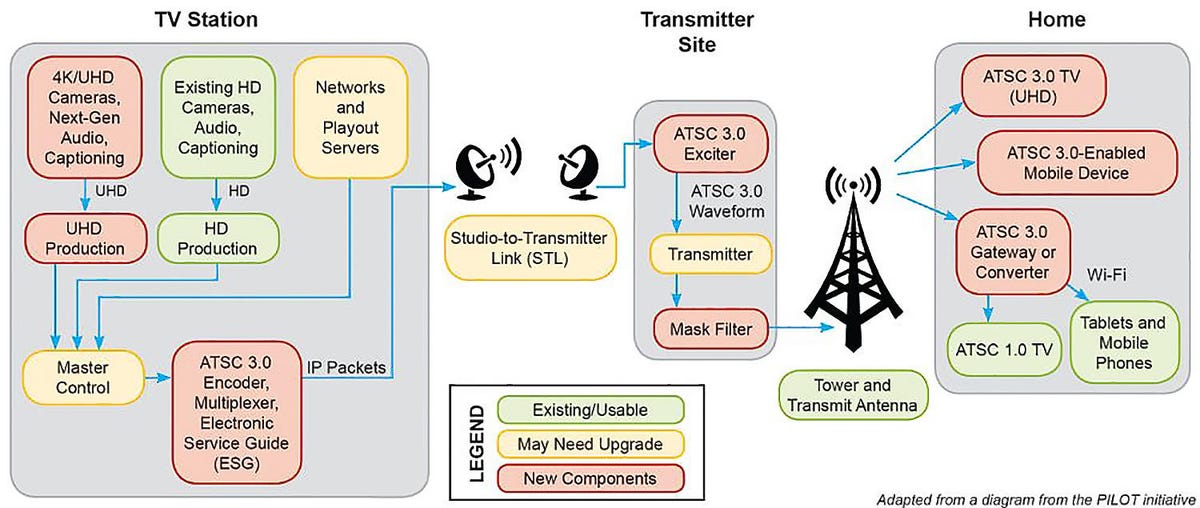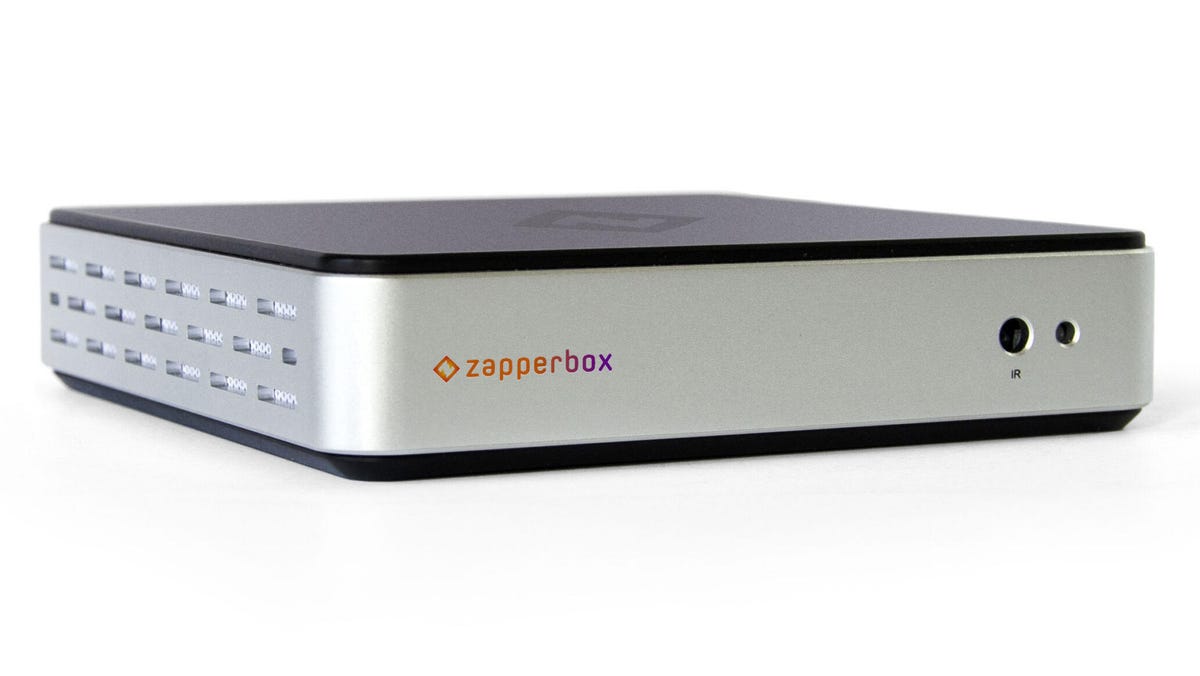
Best Streaming Services for Kids
If you have kids you most likely have every song from Spongebob Squarepants memorized or may be familiar with the beloved animals of Paw Patrol. With dozens of TV shows on multiple streaming service to keep your kids entertained, finding the best streaming service for kids may seem impossible.
Platforms like Disney Plus and Netflix offer something for the entire family to watch -- from young kids to picky teenagers and grown-ups -- and are often the exclusive home of popular franchises you can't find on YouTube.
Each streaming service is stacked with great TV shows and movies, with some acting as headquarters for your kids' favorite characters. Here's a guide for choosing which kids streaming service may be the best fit for your family.
Where do we begin? With a wealth of content rated PG-13 and below, Disney Plus has a large catalog of kid-friendly series and films. In addition to carrying Disney Junior, Disney Channel and everything else with the Disney stamp, you'll find Pixar, National Geographic, Marvel and Star Wars titles on the platform.
Toddlers can be mesmerized with the animated and live-action versions of Disney classics, or binge on every piece of content starring Bluey, Tinkerbell or another favorite character. Tweens and teens can enjoy The Simpsons, Gravity Falls, Turning Red and Encanto, and movies from the Disney Channel or the company's blockbuster lineup are a click away. Animated tales like Lightyear, Marvel live-action picks and nature series will keep them busy for hours.
To navigate Disney Plus's library, you can click on a designated tile for Pixar, Marvel, etc., or search by title, character, or genre. Kids and parents can scroll through the platform's special collections (such as Ice Age and Black Stories), musicals, movies, and exclusive originals and shows from every decade of Disney.
Parental controls allow you to add a four-digit PIN and set ratings limits for each regular profile. But creating a kid's profile automatically curates content that's appropriate for all ages. To add an extra layer of security, toggle the Kid-Proof exit feature that prevents kids from switching profiles. Disney Plus is entirely ad-free for $8 a month.
While Disney is flush with beloved shows and movies Paramount Plus has its own stash of iconic characters and series. It's basically Nickelodeon central. SpongeBob, iCarly, Rugrats, Paw Patrol, Peppa Pig and other Nick superstars sit beside Paramount Plus originals Big Nate and Star Trek: Prodigy on the platform.
While there isn't a designated kids' menu, it's simple to locate Noggin, Nick Jr. and all other Nickelodeon content on Paramount Plus. Additionally, there are five live channels that run content 24/7 for kids, including dedicated hubs for SpongeBob, Paw Patrol and "Kids and Family Fun."
But many family-friendly movies are mixed in with the streamer's genre lists, so if you're searching for Rumble or Clifford, check the comedy or trending section. Starting this summer, Showtime's content will also be available on the Paramount Plus app. Though the network is adult-oriented, a select number of family movies will be added to the lineup.
Paramount Plus enables parents to create kids' profiles by activating "Kids Mode." Choose an avatar and specify whether it's for older kids or younger kids, and the content will adjust ratings based on your selection. Subscriptions cost $5 for the ad-supported Essential version and $10 for ad-free Premium.
Netflix offers a range of kids' titles in the realm of music, education and entertainment, all without ads. The platform caters to every age and stage in your child's life. Popular series include CoComelon, Octonauts, Ask the Storybots and Miraculous: Tales of Ladybug & Cat Noir. The streamer routinely drops new originals including The Sea Beast, The Cuphead Show and Boss Baby spinoffs, but there are plenty of Dreamworks titles on Netflix, too, such as Camp Cretaceous. Upcoming releases include Sonic Prime, Pinocchio and an Ivy & Bean adaptation.
Resulting from a partnership with Nickelodeon, kids can stream favorites like Invader Zim, Big Time Rush, Avatar: The Last Airbender or new Loud House features. And Netflix's search function allows you to drill for niche content like kiddo-friendly movie adaptations, cooking stuff or coming-of-age stories. Type in a specific term and you're likely to find a match.
Where the streamer stands out is with its kids' profile. While you can set up parental controls on each profile with ratings restrictions, the Netflix Kids Experience comes with a bright logo and a ready-made batch of content. No need to handpick shows and movies for young ones, because the streamer does it for you. If you select titles outside the ratings limits for Kids Experience, the logo is removed and the profile type is automatically changed.
To cap it off, the platform showcases a Top 10 row for kids' programming and sends out biweekly emails to parents with recommendations and other child-centric tools. And in May 2022, Netflix introduced a "Mystery Box" feature on kids' profiles which surprises them with a new title to check out.
Don't sleep on HBO Max. Not only is it the place to stream Cartoon Network favorites like We Bare Bears and Adventure Time, but also Sesame Street, Looney Tunes, Tom and Jerry, and animated DC superheroes. That includes the OG Teen Titans. For Sesame Street fans, all 50-plus seasons of the show -- along with new episodes -- are available to stream on HBO Max.
HBO Max allows you to select Kids & Family from its menu and then you'll be taken to its dedicated page. To make it easy to find content, you can click on a character's icon -- like Elmo, Scooby Doo, the Powerpuff Girls and Batman -- for a program lineup featuring said characters.
Prefer to search a different way? HBO Max divides content into categories for kiddos ages 2-5, 6-9, 10-12, and 13 and up. You can also browse titles from A-Z or search specifically for series or movies. The streamer also announced the addition of CoComelon, Lellobee City Farm, Blippi and Vlad & Niki for its preschool Cartoonito audience. But don't forget that and other movies are available for teens who need a break from animation.
While you can watch TV with your children, you can also just give them their own kid profile on HBO Max. The service requires adults to log a four-digit PIN in order to create it, and then provide birthdate information so the system can customize age-appropriate content. Subscribe to HBO Max for $10 a month with ads or $15 for the ad-free version.
For decades, PBS Kids has been the destination for Sesame Street and other childhood favorites. Elmo, Arthur, Daniel the Tiger and Curious George are among the characters who entertain while teaching lessons. While SpongeBob and Disney get a lot of love, it's noteworthy that Arthur is the longest-running animated kids' show in history. The 8-year-old aardvark is a PBS rock star. And though Warner Bros. Discovery and HBO own Sesame Street, new episodes are still available to watch on PBS Kids.
PBS Kids is available to Prime Video subscribers for free, and it's also available to watch 24/7 on The Roku Channel. But parents, you can also download the stand-alone PBS Kids video app for free on your mobile device or TV. That means your children can stream Elmo or Wild Kratts when you're on a road trip or visiting family.
Like PBS Kids, Kidoodle TV offers free entertainment that's geared toward younger children up to age 12. Some of the content is educational, and some is purely recreational. The app features licensed TV shows and movies from properties such as Lego, My Little Pony, SpongeBob, Pokemon and Baby Shark.
But there are also videos from the Dodo about nature and animals, game-themed content with Mario, Minecraft and Roblox, and a host of crafting tutorials. YouTube favorites like Ryan's World are nestled in with picks that focus on learning. Kidoodle also has a set of originals that launched in 2020, including StoryRaps from Wes Tank. Another plus is that parents can choose videos from Little Pim that teach five different foreign languages: French, German, Spanish, Russian and Mandarin.
You can watch for free as a guest on Kidoodle without registering. But if you sign up, you're able to create accounts for kid or parent users. Everything on the app is age-appropriate, vetted by Kidoodle parents and staff. The Freemium account includes family-friendly ads, but if you want to skip the commercials, you can get the Premium version for $5 per month.
PIN-enabled parental controls enable you to set screen time limits, choose titles or set curfews with the option to automatically turn the app off. And the analytics feature gives you a glimpse at viewing habits. Kidoodle is available on Roku, FireTV, smart TVs and other devices.
Kids streaming services FAQ
Are Hulu and Amazon's Prime Video great for kids too?
We considered both streaming services for this list but examined content offerings as well as user-friendly interfaces. While Prime Video has some original content, it gleans much of its kids' programming from Nickelodeon, PBS Kids and other Viacom properties. The same holds true for Hulu. It's easier to access these shows and movies directly through Paramount Plus or PBS.
What if you don't want your kids watching ads while streaming?
We know that screen time is not the only area of concern, because advertising impacts kids too. Disney Plus and Netflix are wholly ad-free, but HBO Max, Kidoodle and Paramount Plus offer more expensive plans if you want to watch without commercials. The PBS Kids app is ad-free.
Which streaming service has the best parental controls?
While you can set parental controls on streaming devices from providers like Amazon, Roku and Apple, you can also monitor and restrict what your kids watch directly on the services. Netflix, Disney Plus and HBO Max have the best features for allowing you to set maturity ratings and PINs for kids' profiles.
Source


